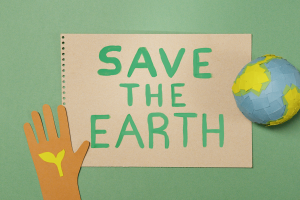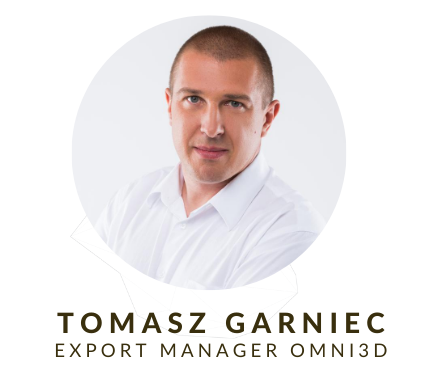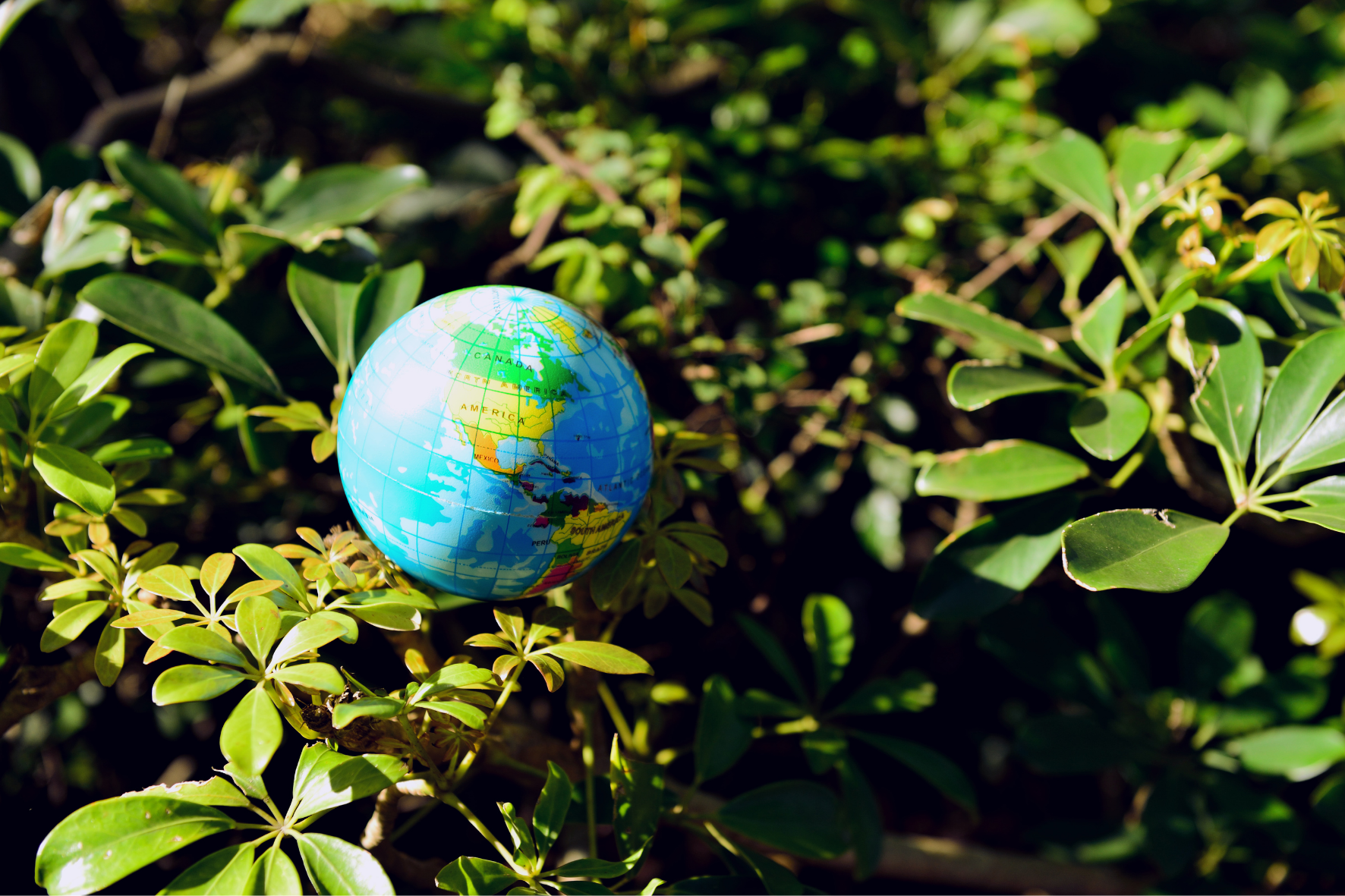FDM / FFF technology is a chance for our planet and us- we just need a broader view
For a lot of us, the argument contained in the topic may be controversial - after all, how can something that produces "plastic" be eco friendly and be an element that can save the world? Well, let’s face with this! I will try to prove it in this publication.
Author: Tomasz Garniec Export Manager Omni3D
Starting off, I would like to explain one of the main reasons why I decided to enter the world of 3D printing – it was precisely the ecological aspect. For almost 11 years I was working in the food industry – contained with food production, which unfortunately is one of the biggest sources of „problems” on our planet. It was hard for me to accept the fact that nobody was doing anything about it. Now we can see that in the last 2 years, some of the manufacturers in this industry have begun to pay attention to the aspect of the carbon footprint or reduce the harmful effects of the „sea” of packaging they produce. Feeling powerless, I decided to find something that could change this, that could help us to save our planet in the future. From the beginning, 3D printing was for me something more than just an element for prototyping or low-series production – it is also a perspective that can save – life, production costs, production itself, and change the world – only a revolution in thinking is needed.
3D printing (FDM / FFF) – the possibility of eliminating production waste.
The plastic that is found in the oceans or in landfills is mainly waste and scraps. Functional elements that are most often recycled constitute a minor part of them. 3D printing, and in particular the FDM / FFF technology, is an ideal solution in this respect. Thanks to 3D printers, we can eliminate waste already at the production stage. More specialized devices equipped with double printing heads have been appearing and widely used in 3D printing for some time. This aspect of the work makes it possible to use two different substances in the printing process, in which the basic element is made of a base material, and the second material, called support, is a soluble substance (PVA, ODS20, etc.). This combination, along with the full geometric freedom of designs, makes it possible to produce any element -with 100% functionality – what is the key in this process – and gives Waste Freedom.
3D printing will change the way people think about transport and reduce CO2 emissions – saving us and our planet.
Despite many efforts, cars and the consumption of liquid fuels in transport are still the one of the largest polluters of the environment. They account for nearly 20% of total CO2 emissions to the atmosphere. 3D printing can quickly and definitely reduce this effect. How can this be achieved and is it really that fast? If we almost destroyed our world in 200 years, it would probably take longer to rebuild it. In this case, you need to think broadly about 3D printing – about its functionality, not application. What would be the world in which we could eliminate the transport of goods, maybe not all, but if we could reduce it by 30-50%, and thus reduce the current pollution by 5% -10%. Remember that the primary functionality of 3D Printing is the ability to create items by using a computer data files and create objects from filaments. Something out of nothing (all most) – files can be transferred much faster than finished products without the use of traditional transport, thus minimizing CO2 emissions to the really necessary minimum. Transport may become more „digital” and be limited only to the delivery of some goods from new „digital logistics centers” – such logistic print rooms with 3D printers – to the final destination and recipients. In the case of simpler goods – transport can be completely eliminated – this is another step to save our world.
Eco-friendly 3D printing – does not use resources, cooperates with nature – helps to renew ecosystems.
I am completely in love with nature. I cannot imagine a world without trees, clean water, animals, etc. I do not understand why we strive at all costs to destroy the planet and environment in which we live. What does the 3D printing here? In its pure form, it does not use organic and inorganic resources. A filament is a product created in a chemical reaction – by „combining” chemical elements – it does not interfere with nature. It can be accused here that in the next stage, 3D printing is a technology that affects a significant energy consumption – however, most of the world already knows that energy can be obtained from renewable sources without consuming natural resources – and, importantly, in cooperation with nature, in thus gaining a source of inexhaustible energy resources. In correlation, we do not consume natural resources and cooperate with nature, 3D printing, and in particular the FDM / FFF technology, is what can help us save the Earth, and in a wider perspective, also us. As I mentioned above, I cannot imagine the world without wonderful nature – without “thinks” that we can see, touch, feel. 3D Printing balances its small „energy” minus by participating in the recreation of ecosystems. Currently, the additive printing technology is used more and more in the renewal of, among others coral reefs or veterinary help for animals – generally helping limp nature contributes significantly to maintaining balance, and in some areas allows nature to revive.

In summary, 3D printing technology (FDM/FFF) – what it is, what it does and how it can change the world – is a great weapon in the fight against our “needs” to destroy the world in which we live. If we start to understand 3D printing more broadly, if we look at functionalities from a different perspective and implement solutions that are „natural” for additive technology – we will easily and quickly influence our own and our planet’s fate. All for our life to be better and that we would leave nature to future generations.
Want to know more about 3D printing?
Contact us and discover the possibilities of 3D printers

Kontakt:
LinkedIn: Tomasz Garniec
m. +48 886 618 588
e-mail: tg@omni3d.com

